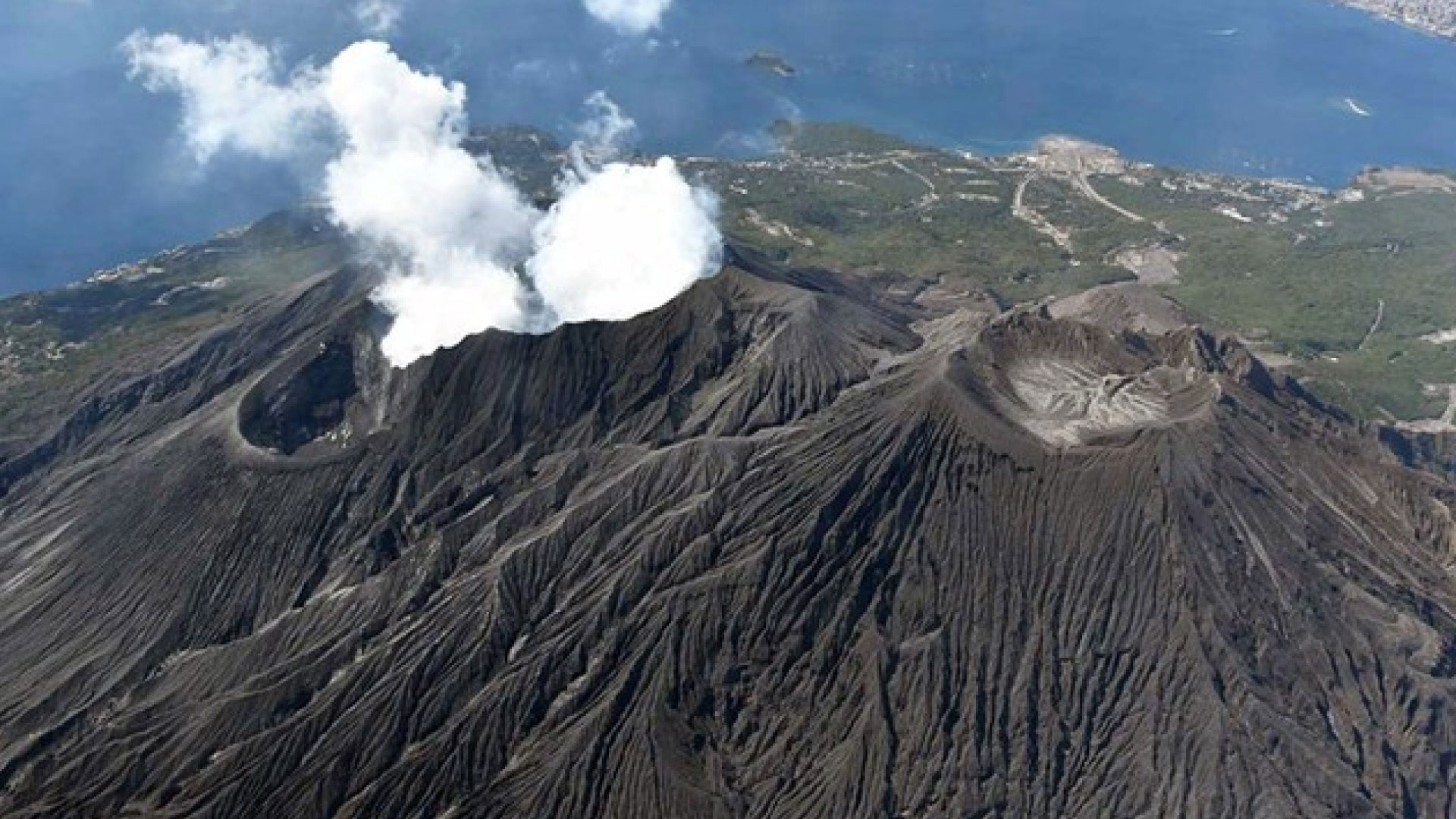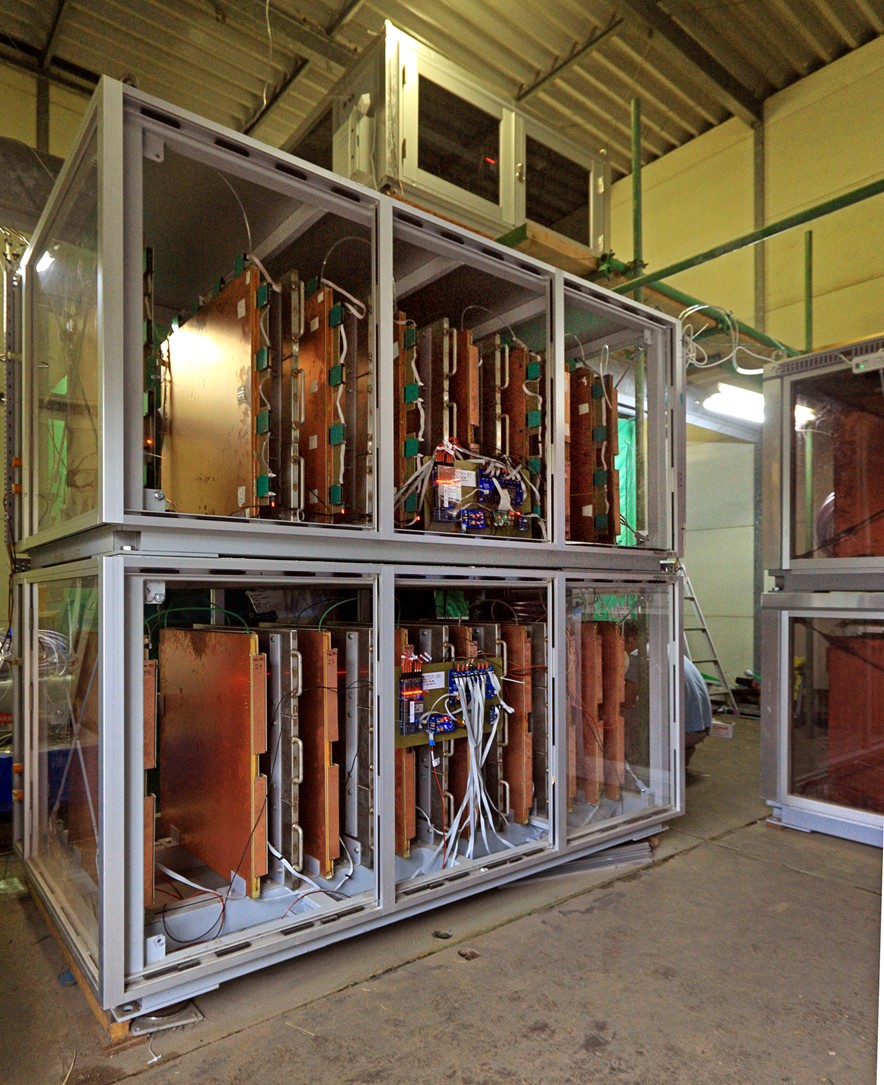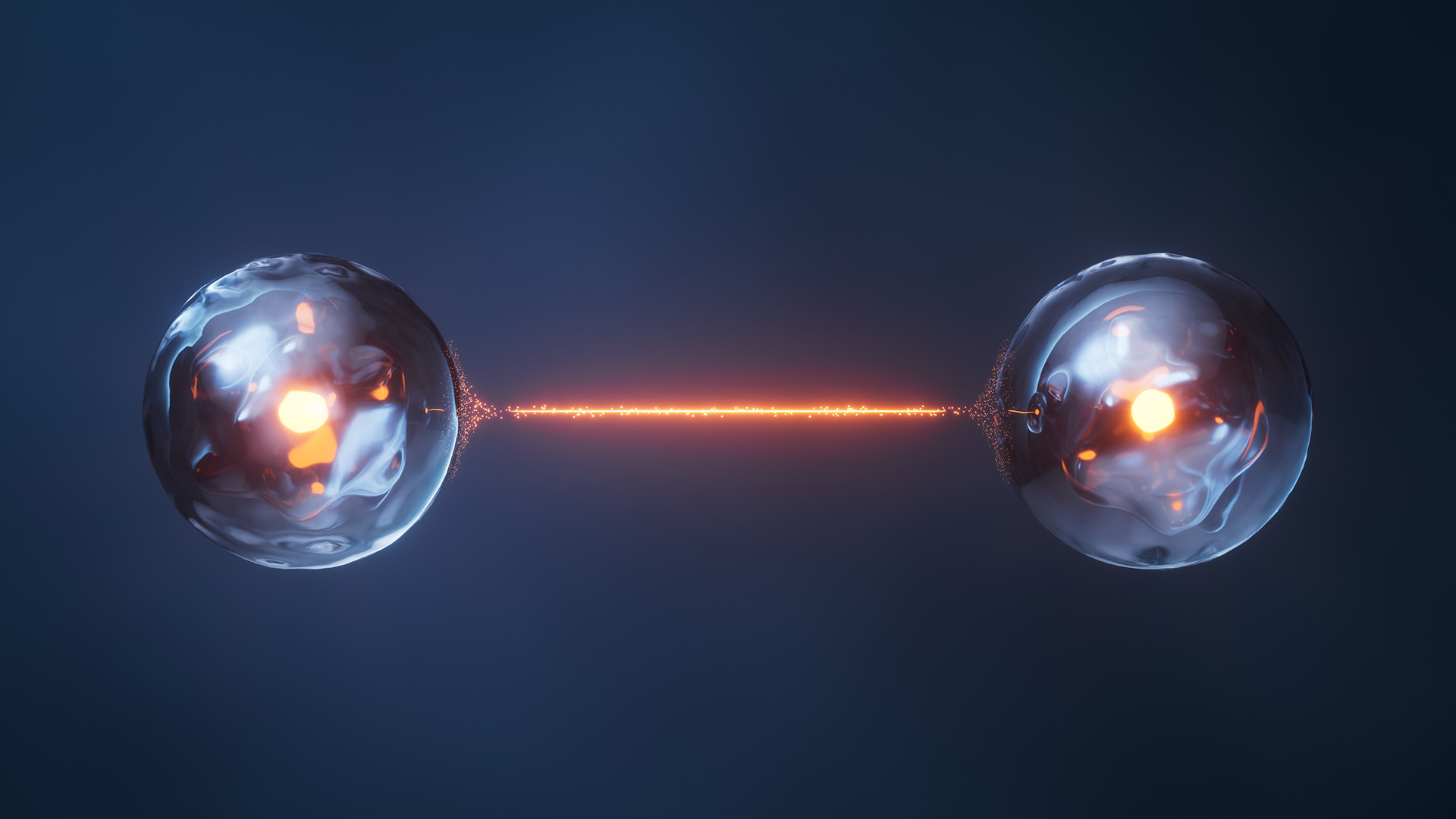Hungarian Researchers Use Cosmic Rays to Reveal How Multi-Vent Volcanoes Work
Researchers at the HUN-REN Wigner Research Centre for Physics and the University of Tokyo are using a new technique to visualise magma migration beneath the surface of volcanoes. Muography could bring us closer to understanding how volcanoes such as Mount Etna and Japan's most active volcano, Sakurajima, work.
The interior of our planet is difficult, if not impossible, to access, and studying it poses significant technical challenges due to the extreme conditions beneath the surface, such as high pressure and temperature. As a result, most research can only be conducted indirectly, and our ability to predict associated hazards, such as volcanic eruptions, remains rudimentary. 'New techniques, such as muography, provide an opportunity to gain better insights into subsurface processes and a deeper understanding of volcanic eruptions,' said HUN-REN Wigner RCP researcher László Oláh.
For the first time, Hungarian and Japanese researchers have utilised muography to visually monitor magma dynamics between two adjacent active craters of Sakurajima, one of the world's most active multi-vent volcanoes. Muographic images taken during the eruptions showed an increase in magma density beneath the activated crater and a decrease beneath the deactivated crater. The changes in density were caused by an increase or decrease in the amount of magma, indicating that magma migration depends on which crater is active.
The simultaneous, opposing changes in density were caused by the magma favouring one crater over the other. This observation is a major step towards improving the prediction of eruption sequences for multi-vent volcanoes," the researcher added. The Hungarian-Japanese findings were recently reported in the Journal of Geophysical Research: Solid Earth.

Sakurajima (photo: https://volcano.si.edu)
Since 2017, the University of Tokyo and HUN-REN Wigner RCP have been developing and operating a joint muography observatory at Sakurajima Volcano in Kyushu, Japan. Sakurajima is the most active volcano in Japan, posing a continuous hazard to the densely populated city of Kagoshima, with several hundred eruptions per year from its two active craters, Minamidake and Showa. Currently, muography contributes to a better understanding of the various signs of volcanic activity, such as gas emissions and ground deformation.
Multi-vent volcanoes are complex edifices that produce eruptions with varying locations, styles, and intensities. Exploring their structural features and simultaneously tracking the movements and changes in the state of volcanic materials in multiple vents separated by a few tens of metres could help more accurately assess the related hazards. However, observing multi-vent structures poses challenges for conventional techniques, such as gravimetry and seismic surveys, due to their limited spatial resolution.

The muography observatory at Sakurajima Volcano, developed through Hungarian-Japanese collaboration.
Photo: Oláh László

